By Marie-Antoinette Issa.
America's culinary landscape is a rich artwork painted with the diverse colours of its immigrant communities, where each brush stroke of migration brings with it unique flavours, ingredients and cooking techniques.
As a result, modern American food culture has continued to evolve through processes of adaptation, diversification, modification and expansion, all while allowing new Americans the opportunity to preserve a deep connection to their roots in the old country and create a truly United States (or should that be Tastes?) of America.
Check out some of the delicious examples evidenced below:
Italian-American: Influences and authenticity
The Italian-American community has arguably had one of the most significant impacts on American food culture. Italian immigrants, arriving in large numbers in the late 19th and early 20th Centuries, brought with them a culinary heritage characterised by simplicity and robust flavours.

Many dishes - such as pizza and pasta - have become staples in American households, with often adapted versions of traditional Italian recipes such as the Chicago deep dish pizza or fettuccine Alfredo made with cream. While other dishes including chicken Parmigiana, spaghetti and meatballs and garlic bread (inspired by bruschetta, but made with butter instead of olive oil) are believed to have actually originated in the USA itself.
In any instance, the migration of Italians to America ensured that the ‘Beautiful Country’s cuisine travelled the world and played a key part in forming America's famed food identity.
Chinese-American: A collaboration of cuisines
Chinese immigrants, particularly those who came during the Gold Rush and the building of the Transcontinental Railroad, introduced Americans to a previously undiscovered world of Oriental flavours.
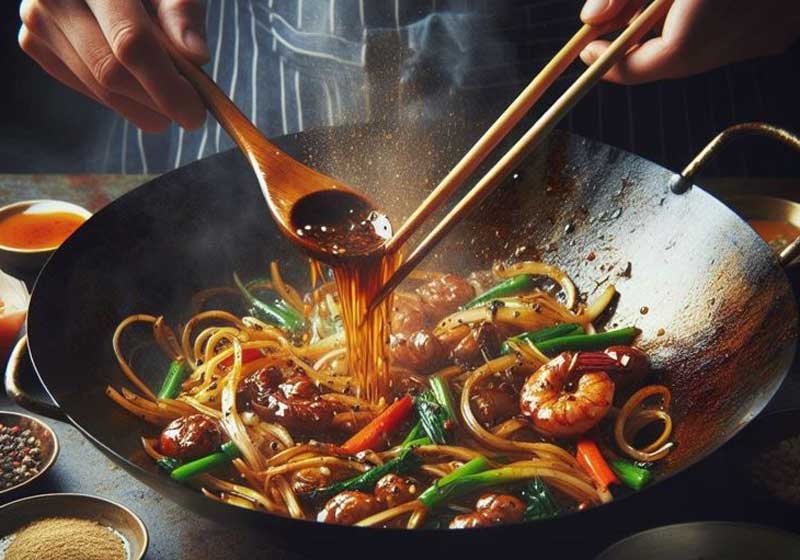
Initially, Chinese food in America was adapted to suit local tastes, leading to the creation of dishes like chop suey and General Tso's chicken (a sweet and spicy deep-fried dish believed to be named in honour of the military leader of the same name) which are not traditionally found in China.
However, with a growing trend towards authenticity, over time, Americans have also experienced an appreciation for classic Chinese cuisine, resulting in a diverse range of offerings including dim sum as well as regional specialties like Sichuan hot pot and Cantonese roasted meats.
As a result, Chinatown districts across the country have emerged as vibrant centres of Chinese culture and cuisine.
Mexican-American: A fusion of flavours on the menu
The proximity of Mexico and the historical exchanges between the two countries have led to a culinary blend that includes both authentic and Tex-Mex variations.
Generally, authentic Mexican cuisine tends to focus more on the flavours of specific regions of Mexico, using traditional ingredients like corn, beans, chillies and native herbs. While Tex-Mex cuisine, (developed in Texas) often incorporates elements of American cuisine with Mexican flavours, leading to dishes that are sometimes milder and feature more cheese and beef than traditional Mexican dishes.
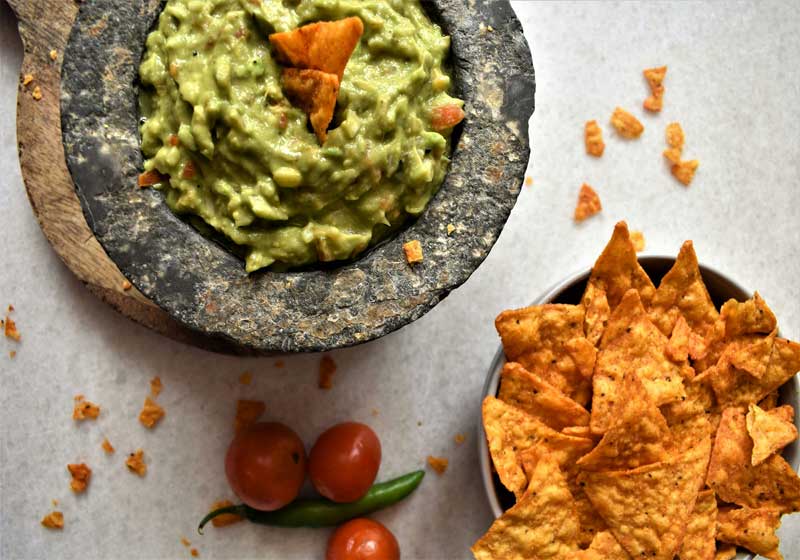
For example, authentic Mexican tacos often feature soft corn tortillas filled with carne asada or carnitas, whereas Tex-Mex tacos typically use crispy shells and ground beef seasoned with Tex-Mex spices, topped with cheese and lettuce.
Similarly, authentic Mexican enchiladas are typically made with corn tortillas filled with chicken or cheese, topped with a chilli pepper sauce, while Tex-Mex enchiladas often use flour tortillas and are covered in a tomato-based sauce with melted cheese.
Another example is guacamole: authentic Mexican guacamole consists of mashed avocado, lime juice, cilantro and onion, while Tex-Mex guacamole may include additional ingredients like sour cream and garlic powder.
Jewish-American: Cultural and culinary legacies
Jewish immigrants, particularly those from Eastern Europe, have left an indelible mark on American food culture. Bagels with salmon and cream cheese, pastrami on rye and matzo ball soup are not just Jewish culinary staples but have become beloved by many Americans.
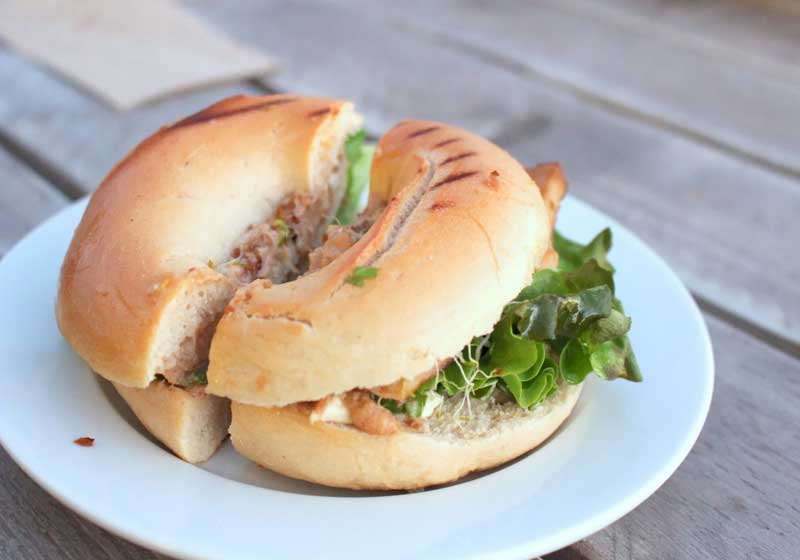
The establishment of iconic delis in cities like New York has played a crucial role in preserving and popularising these foods.
Moreover, Jewish holidays play a significant role in shaping America's culinary calendar. During Hanukkah, both observant Jews and foodies alike indulge in the crispy delight of latkes (fried potato cakes), often served with sour cream or apple sauce. Similarly, Passover typically plates up the rich flavours of brisket, a slow-cooked dish that symbolises tradition and togetherness during this important religious observance.
Japanese-American: The elegance of Asian-inspired eats
The Japanese-American community introduced Americans to a refined and delicate culinary tradition with Japanese food’s emphasis on fresh ingredients and meticulous presentation, becoming a significant part of the American dining scene.
Sushi, sashimi, ramen and tempura are no longer exotic offerings but mainstream favourites. The spread of Japanese restaurants and the popularity of Japanese cooking shows and cookbooks reflects the deep appreciation for Japanese cuisine in the USA.
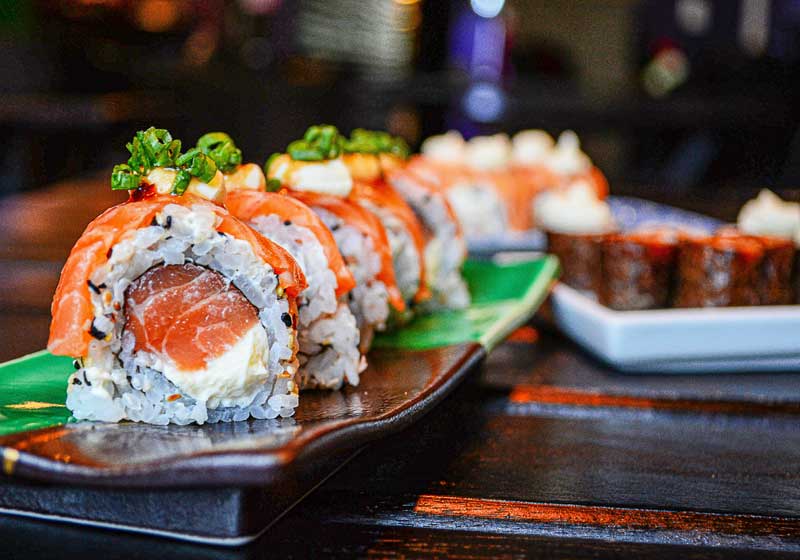
More recently, the principles of umami and minimalistic elegance in Japanese food have also influenced contemporary American culinary trends.
African-American: From slavery to soul food
Finally, African influences have profoundly shaped American food culture, contributing a rich array of techniques and tastes that are integral to its culinary landscape. From the era of slavery through the Great Migration and beyond, African culinary traditions have left a lasting imprint.
Staples like okra, black-eyed peas and collard greens enriched Southern dishes such as gumbo and jambalaya. Similarly, spices like cayenne pepper, thyme and garlic, alongside techniques like frying and stewing, reflect the deep-rooted influence of African heritage on Southern and Creole cuisine.
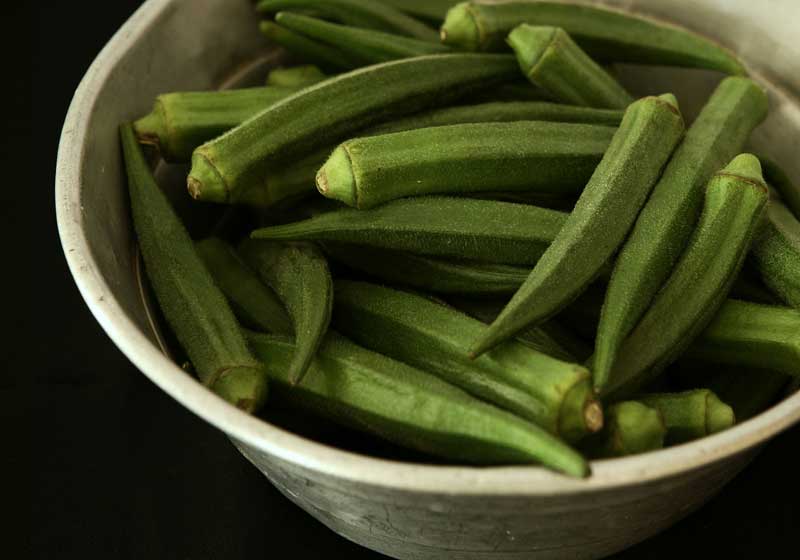
Beyond the South, African flavours have permeated American food culture. Barbeque traditions, rooted in West African cooking, alongside ingredients like peanuts and sweet potato have found their way into regional dishes across the country. Soul food, born from the African-American experience, celebrates iconic dishes like fried chicken, cornbread and sweet peach cobbler, symbolising comfort and community.





